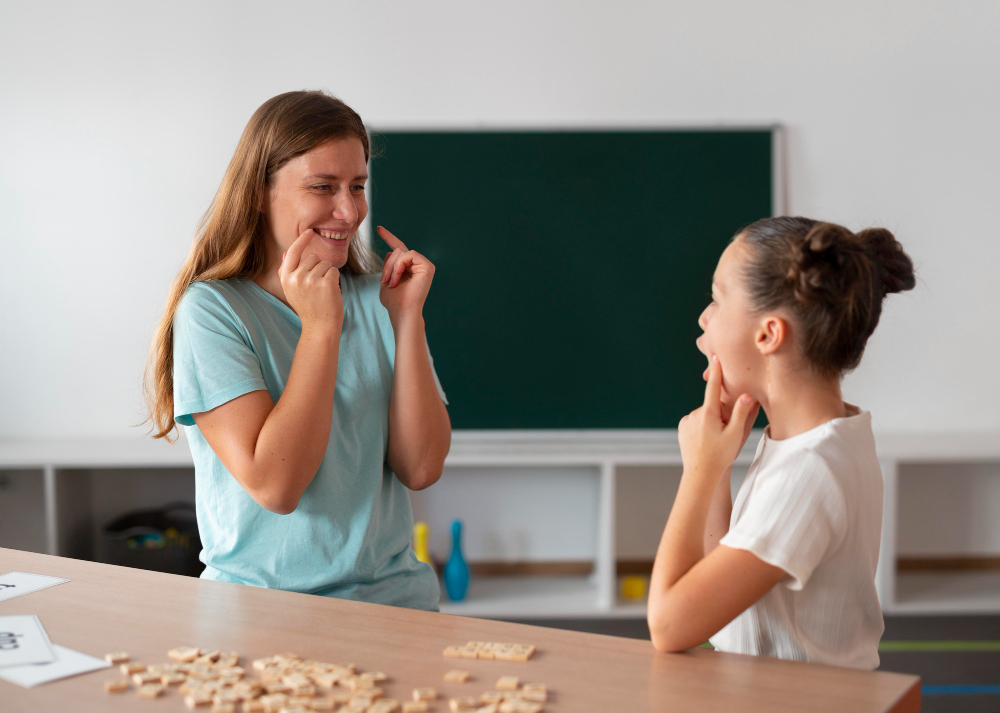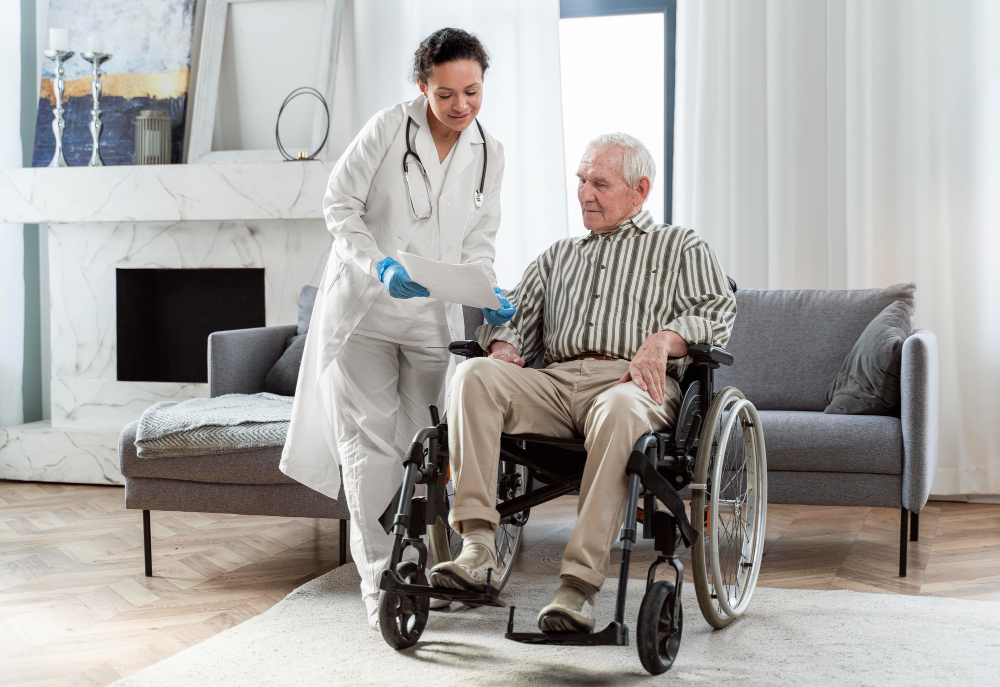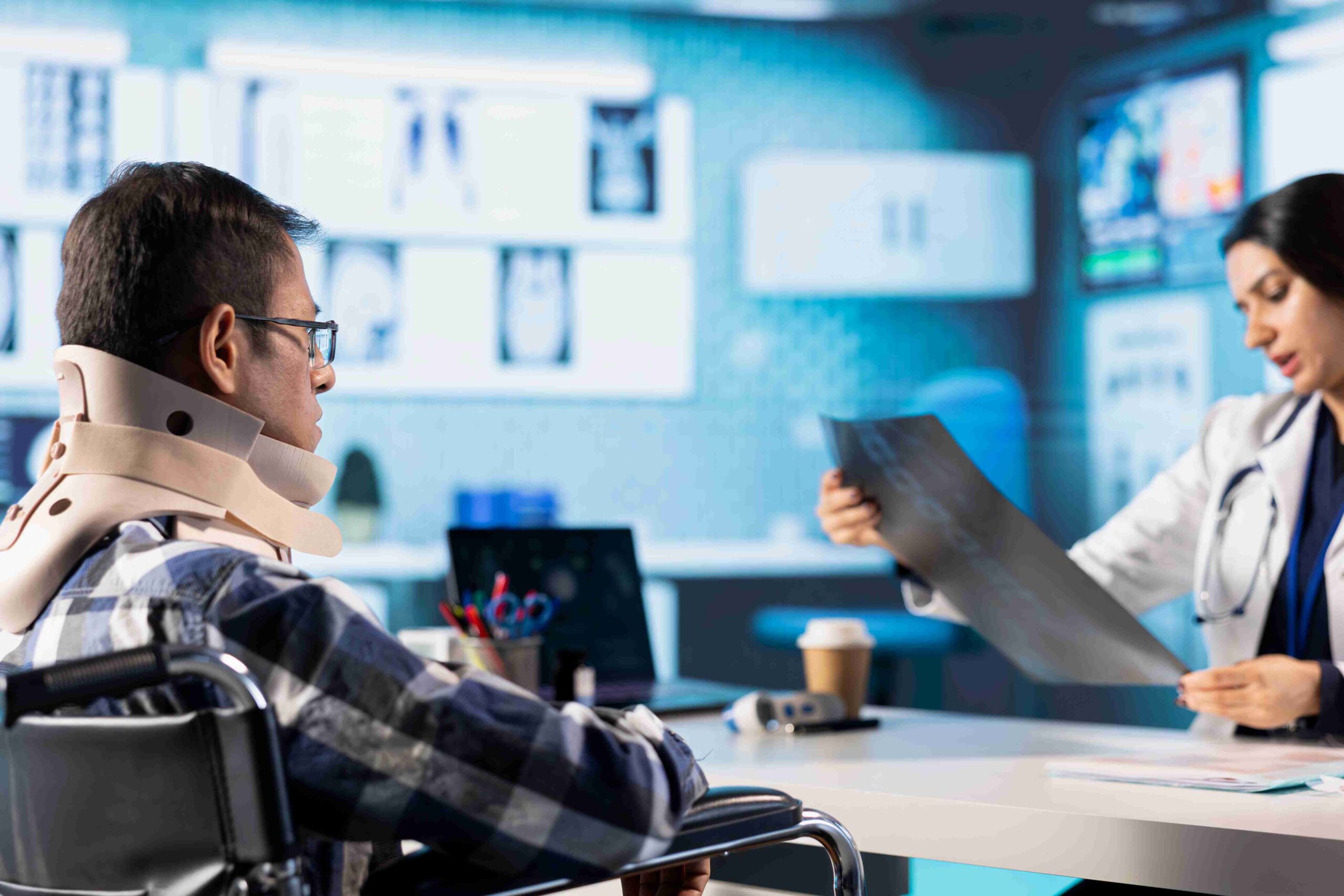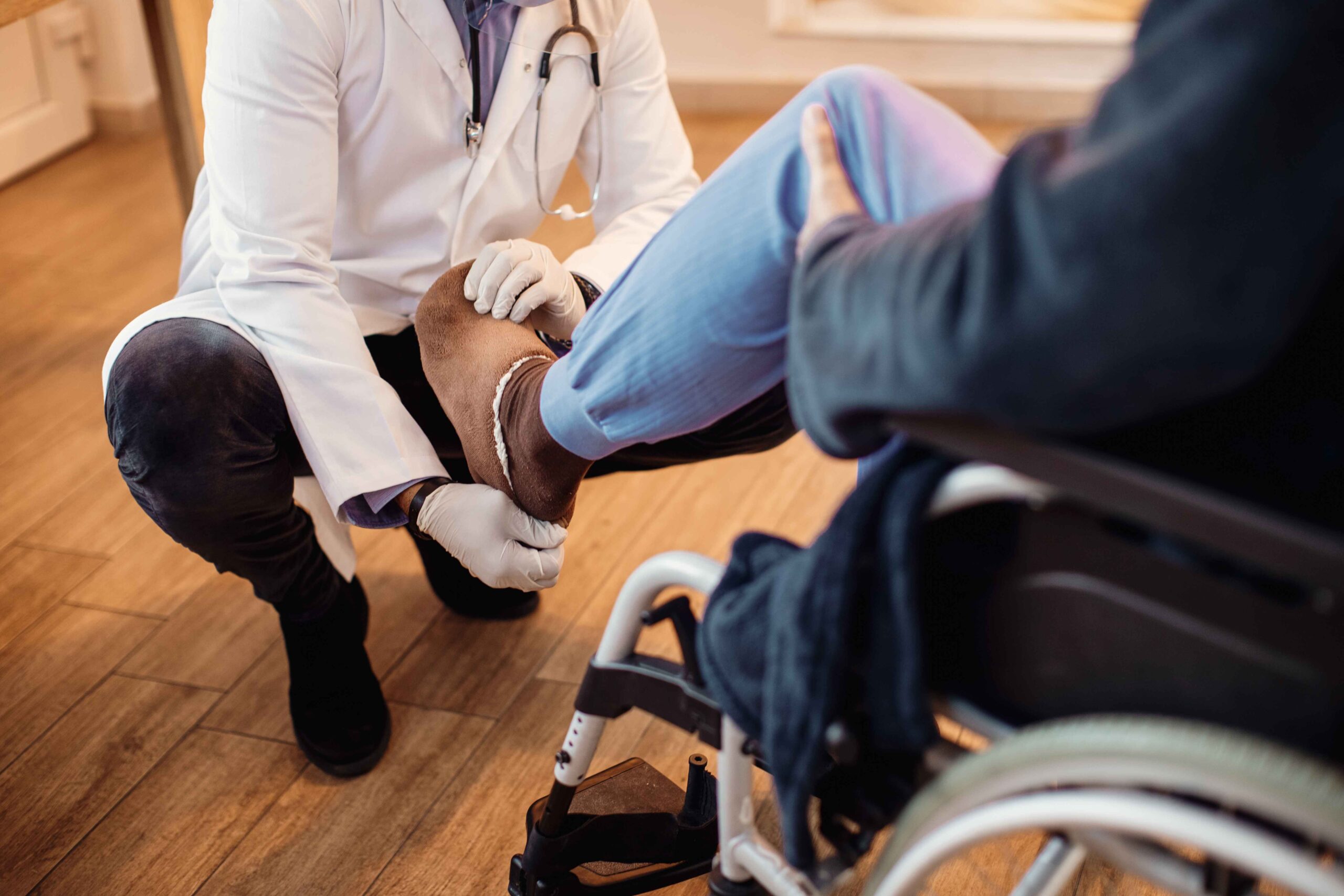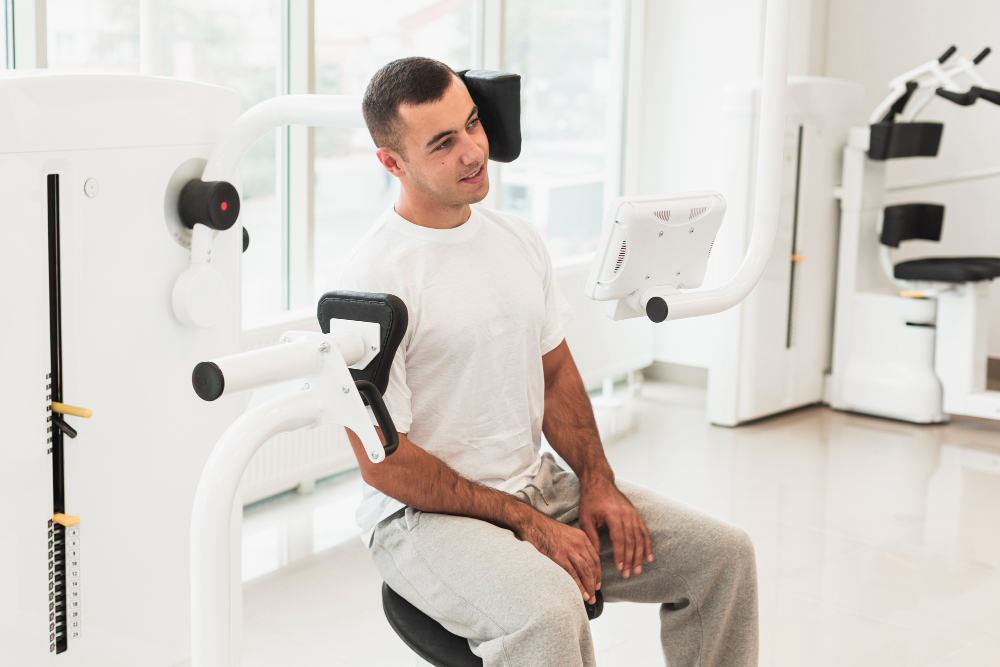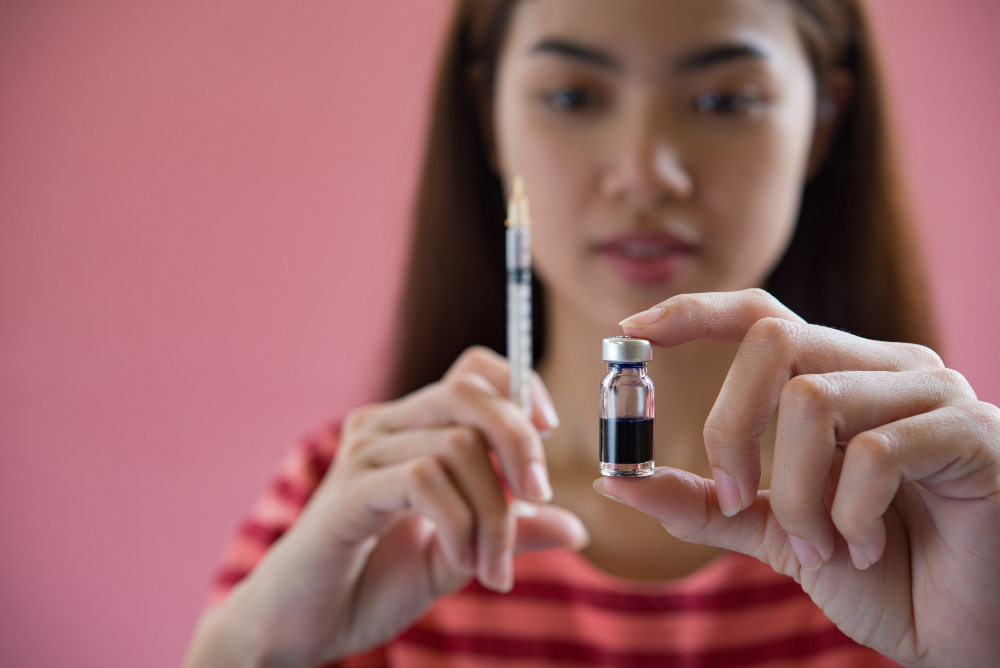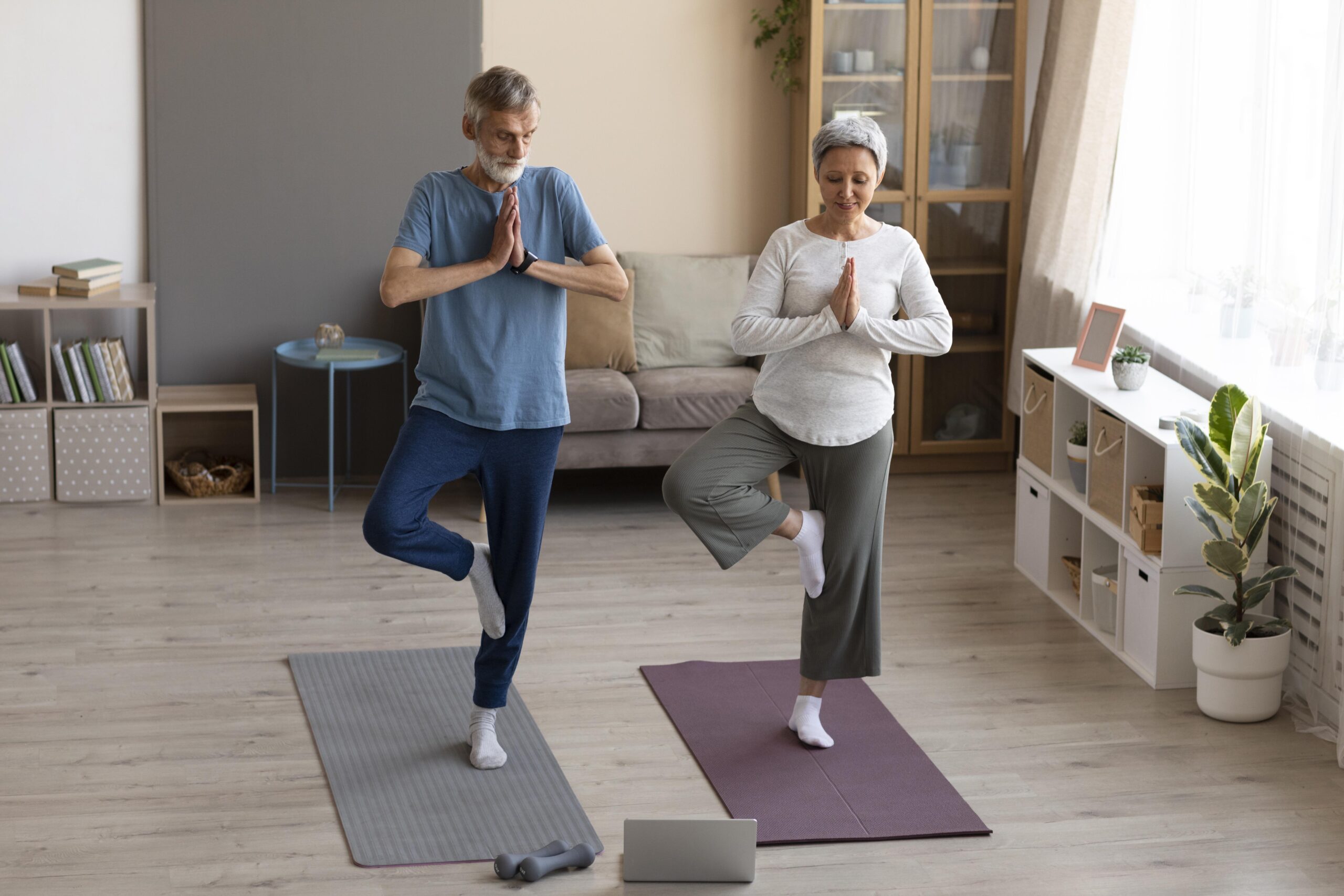
Last updated on by MRC
Regaining balance after a stroke is one of the most critical aspects of recovery. A stroke can weaken muscles, disrupt coordination, and significantly impair the brain’s ability to function related to getting signals. Effective balance training is the key step for regaining independence for stroke survivors.
The Medical Rehabilitation Center (MRC) in Kolkata deals with the unique challenges that stroke patients face during recovery. Our specialized program focuses on balance training for stroke patients, emphasizing safety, gradual progress, and long-term functional recovery.
Stroke often affects one side of the body, which results in hemiparesis (weakness) or hemiplegia (paralysis), which can make it difficult to maintain posture or walk safely. However, with targeted intervention, stroke survivors can significantly reduce the risk of falls, boost their confidence, and accelerate their rehabilitation progress.
Here are some of the most effective, evidence-based methods used in leading Stroke Rehabilitation Centres in Kolkata, including MRC:
These exercises help retrain the brain to recognize body position and build confidence.
For patients at an early stage or with limited mobility, seated balance activities can be a safe starting point.
With supervision, patients can gradually practice standing on foam pads or wobble boards.
Walking between parallel bars allows stroke survivors to relearn how to walk correctly while feeling secure.
Everyday tasks like picking up objects or stepping over low barriers can be powerful balance trainers.
Balance isn’t just muscular—it also involves vision and inner ear function. Exercises that train eye tracking and head movements help stabilize posture and motion.
At MRC – one of the leading Stroke Rehabilitation Centres in Kolkata, our balance training protocols prioritize safety at every step:
Effective physical therapy for stroke patients goes beyond just exercises. At MRC, our therapists blend:
This integrated approach not only strengthens the body but also retrains the brain—a key goal in post-stroke rehabilitation.
There is no one-size-fits-all timeline. Recovery depends on:
However, studies show that dedicated stroke rehabilitation exercises started within weeks of a stroke significantly improve outcomes. MRC’s programs are designed to support patients from early-stage recovery to long-term wellness.
As a trusted name among Stroke Rehabilitation Centres in Kolkata, MRC offers:
Our commitment is to help stroke survivors stand strong—literally and emotionally—through a structured and safe rehabilitation journey.
Rebuilding balance after a stroke isn’t just about physical movement; it’s about regaining control, confidence, and independence. With guided balance training for stroke patients, tailored stroke rehabilitation exercises, and expert-led physical therapy, recovery is not only possible—it’s achievable.
At MRC Kolkata, we stand beside every patient, every step of the way.

